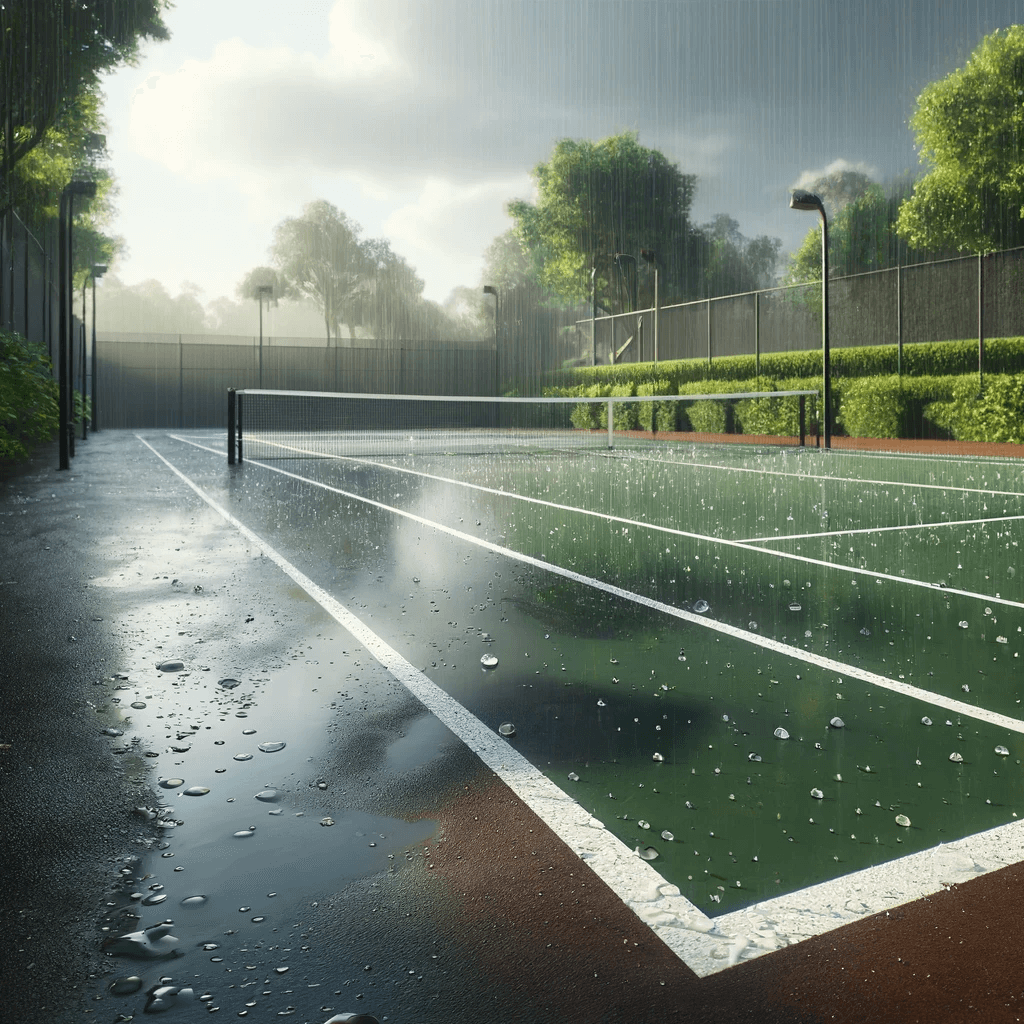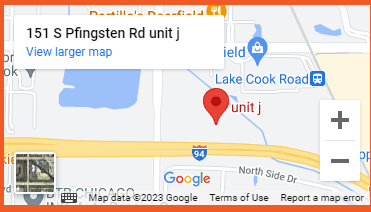Weather conditions significantly influence the performance and upkeep of sports courts. From temperature changes to precipitation and UV exposure, each element affects the durability and maintenance needs of these facilities. This article explores the various weather conditions that impact sports courts and provides strategies for maintaining optimal performance throughout the year.
Temperature Fluctuations
The temperature has a significant effect on sports court materials. For instance, asphalt and acrylic-based courts can expand and contract with changing temperatures. During high temperatures, these materials soften, which can lead to greater wear from use and potentially cause surface deformations. Conversely, in colder weather, the materials harden and can become more brittle, increasing the risk of cracks.
To mitigate these effects, select materials and coatings that are designed to withstand a wide range of temperatures, such as weather-resistant paints, UV-protective coatings, and durable court surfaces like acrylic or polyurethane. Regular inspection and prompt repair of any small cracks or surface irregularities help maintain the integrity of the court and prevent more significant damage.
Precipitation Impact
Rain, snow, and ice are among the most challenging conditions for sports courts. Water can seep into cracks and pores in the court surface, and if temperatures drop, the water expands as it freezes, exacerbating existing damage. Furthermore, wet surfaces can be hazardous to players, leading to slips and falls.
Effective drainage systems are essential to address precipitation-related issues. Slightly sloping the court ensures that water drains off quickly, reducing the amount of standing water and the potential for damage. Moreover, using water-resistant sealants can protect the surface and extend the court’s lifespan.
Effects of UV Exposure
UV radiation from the sun can degrade many court materials, causing them to lose color and elasticity. This degradation not only affects the court’s appearance but can also impact its playability, leading to a surface that is less responsive and more difficult to maintain.
Applying UV-resistant finishes to the court can help protect against sun damage. These finishes preserve the appearance of the court and maintain its performance characteristics. Regular reapplication of these coatings, as recommended by the manufacturer, can help in prolonging the life of the sports court.
Wind Considerations
While often overlooked, wind can also impact court performance, particularly in sports like tennis in residential indoor tennis court set-up, where it can alter the trajectory of balls and affect play. Wind can carry dust, leaves, and other debris that can settle on the court surface, making it slippery and uneven.
Regular cleaning of the court to remove debris and installing windbreaks or barriers around the court can minimize these issues. These barriers not only reduce the amount of debris blown onto the court but can also provide a more controlled environment for court sports. Further examples of effective cleaning practices are detailed below.
Maintenance Strategies for Optimal Performance
Regular Cleaning
Maintaining a clean sports court is essential for both performance and safety. This process should include regular sweeping to remove debris such as leaves, dirt, and small stones that can accumulate on the surface. In addition, perform periodic washing with cleaners that are specifically formulated for sports surfaces to prevent any damage, such as pH-neutral detergents, biodegradable cleaners, and non-abrasive solutions. These regular cleanings maintain the aesthetic appeal of the court and prevent the build-up of materials that could affect playability and safety.
Surface Assessment and Repair
Regular assessments of the court surface play a critical role in its longevity.Inspections should be conducted to identify and address minor issues like small cracks or uneven areas before they escalate into more significant problems, such as surface depressions, water pooling, and extensive surface wear. Timely repairs, such as filling cracks and reapplying surface sealants, help preserve the court’s condition and extend its life. Keeping the surface level intact ensures consistent playing conditions and prevents water accumulation, which can lead to further damage.
Professional Consultation
Engaging with experts in sports court construction and maintenance is invaluable. These professionals can offer tailored advice based on the specific climate conditions of an area and suggest the best materials and maintenance practices. Consulting with specialists like Home Court Advantage helps in understanding the unique needs of a sports court, ensuring that it remains in prime condition despite the challenges posed by various weather conditions.
Ready to Weather Any Storm With Home Court Advantage
Understanding and addressing the impacts of weather on sports courts is essential for their durability and performance. By selecting appropriate materials, implementing effective drainage, and protecting against UV damage, facility managers can keep courts safe and functional in any climate.
For top-quality commercial athletic courts facilities tailored to withstand diverse weather conditions, consider Home Court Advantage. Founded in 2017 in Northern Illinois, we specialize in bespoke residential and commercial courts. With a focus on community and family, our turnkey solutions are designed to meet your specific needs from concept to installation. Ready to enhance your space with a durable, safe, and vibrant court? Contact Home Court Advantage today, and let’s make your sports court dream a reality. No home is complete without a Home Court.

Nate Parsons is the owner of Home Court Advantage, a leading manufacturer and supplier of premium residential and commercial athletic courts based in Northern Illinois. With a strong background in therapeutic recreation and business from York College, Nate has excelled in the sports industry, from college tennis to national rankings in platform tennis. He has served as the Director of Racquet Sports at Glen View Club, President of the Professional Platform Tennis Association, and as a teaching professional in tennis, pickleball, and platform tennis. Nate is also the founder of Pickleball AI, a platform for tracking players and points, and Club Dink, a pickleball brand that brings fun to the game.











